
Newsmax, a conservative media operation, is worried about how data caps will impact its streaming video service.
Newsmax Media is going above and beyond to fight Charter Communications’ efforts to win back the right to impose data caps on Spectrum internet customers, questioning the FCC’s timing on how it is handling Charter’s petition and the company’s claims about why it wants the right to impose caps two years before the FCC’s requirement banning them expires.
The conservative media outlet depends heavily on the internet to distribute its video network — Newsmax TV, and claims Spectrum’s ability to impose data caps and charge video service providers interconnection fees could significantly harm Newsmax’s business.
Last week, Newsmax CEO Christopher Ruddy spoke directly with FCC Commissioner Jessica Rosenworcel, a Democrat. An “ex parte” filing divulging the meeting quickly followed, with Ruddy arguing Charter’s petition was improperly filed too early and questioned why the FCC has hurried to put the matter on its calendar, presumably before the potential demise of the Trump Administration in the November elections.
In June, Charter asked the FCC to “sunset” — or end — the conditions Charter itself agreed to in return for approval of its merger deal with Time Warner Cable and Bright House Networks. The most significant of those conditions required Charter not to impose data caps or usage based billing on its internet customers or charge fees to video streaming companies like Netflix and Hulu for seven years. A loophole in the final order approving the merger allowed Charter to request an early exit from those conditions two years early, if marketplace conditions warranted. Charter’s petition claimed broadband and video services are now subject to a dramatic increase in competition, making the conditions no longer necessary. But critics, including Stop the Cap!, argued against Charter’s petition claiming the broadband industry has remained concentrated and anti-competitive, and data caps are a symptom of that lack of competition.
Ruddy also noted that more recent comments from Charter in its effort to rebut its critics include an attempt to submit new information to the Commission, which should not be permitted because Commission procedure does not allow the public to comment or rebut Charter’s latest arguments.
One potential complication for Charter’s effort to push for a Commission vote is a recent spat between the president and Commissioner Michael O’Rielly. Earlier this month, O’Rielly publicly crossed the president by questioning the authority of the FCC to reinterpret Section 230 of the Communications Decency Act. That reinterpretation is at the heart of President Trump’s demand for a crackdown on social media networks like Facebook and Twitter, which he claims have a conservative bias and are “illegally” critical of both the president and the administration. The president allegedly retaliated against O’Rielly by pulling back his earlier renomination of O’Rielly to serve an additional term at the FCC.
More recently, reports have surfaced in Washington that the president is prepared to nominate someone else, which traditionally would leave O’Rielly with little alternative but to recuse himself from Commission matters, or resign entirely. That would end the Republican majority on the Commission until the president’s nomination was approved by the Senate, which is highly unlikely to happen before the November election. That would leave the FCC evenly divided with two Democrats and two Republicans. Observers suspect Charter’s petition would end up in a tie vote, with the two remaining Republicans in favor of the cable company and the two Democrats opposed. That would stall the matter at least until January, when either President Trump begins his second term or Joe Biden begins his first.


 Subscribe
Subscribe SpaceX’s Starlink service is unlikely to compete in the same arena as fiber and cable internet service providers, if leaked early speed test results are an accurate indication of the service’s performance.
SpaceX’s Starlink service is unlikely to compete in the same arena as fiber and cable internet service providers, if leaked early speed test results are an accurate indication of the service’s performance.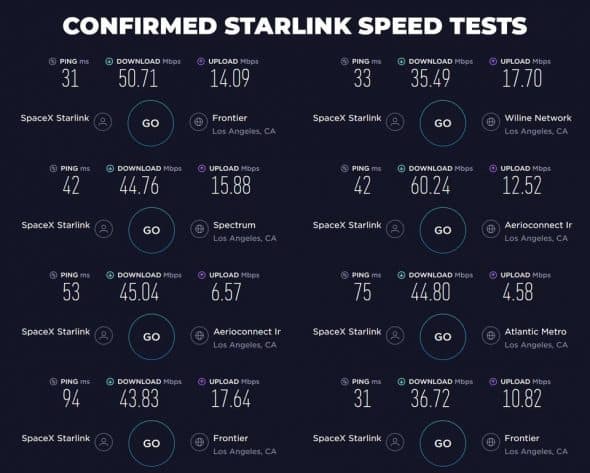
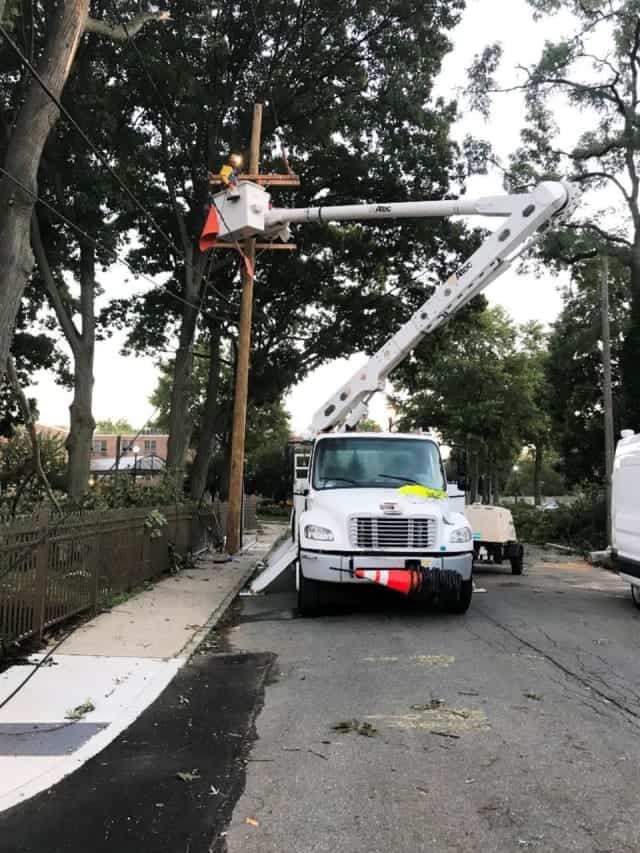 A tropical storm that swept up the east coast of the United States took out Frontier Communications’ landline network, its backups, and 911 service for residents of Orange and Sullivan Counties, N.Y. for 13 hours last night, requiring a response from local fire officials after Frontier’s backup equipment also failed.
A tropical storm that swept up the east coast of the United States took out Frontier Communications’ landline network, its backups, and 911 service for residents of Orange and Sullivan Counties, N.Y. for 13 hours last night, requiring a response from local fire officials after Frontier’s backup equipment also failed.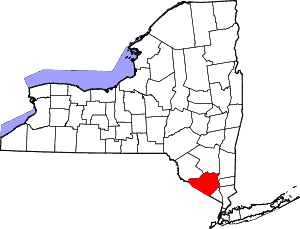
 Frontier was not the only telecommunications company embarrassed by the tropical storm. Along the Westchester-Putnam border, power outages knocked out cell service. At one location, a backup generator designed to provide backup power to the cell tower immediately caught fire, causing damage to the building at the base of the tower.
Frontier was not the only telecommunications company embarrassed by the tropical storm. Along the Westchester-Putnam border, power outages knocked out cell service. At one location, a backup generator designed to provide backup power to the cell tower immediately caught fire, causing damage to the building at the base of the tower.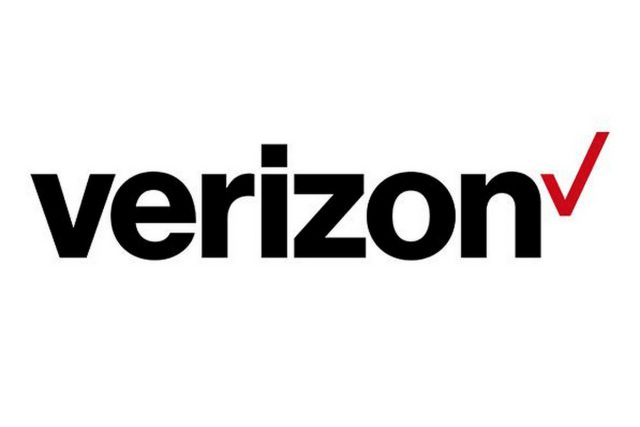 Verizon is introducing a new wireless home broadband service that will target customers that can get good cell phone reception from home but are stuck with slow speed DSL from the phone company, or no internet access at all.
Verizon is introducing a new wireless home broadband service that will target customers that can get good cell phone reception from home but are stuck with slow speed DSL from the phone company, or no internet access at all.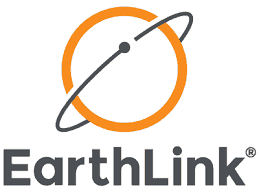 EarthLink, a leading provider of internet and online services, is reiterating its commitment to selling internet service with no data caps, providing unlimited service up to 1,000 Mbps.
EarthLink, a leading provider of internet and online services, is reiterating its commitment to selling internet service with no data caps, providing unlimited service up to 1,000 Mbps.